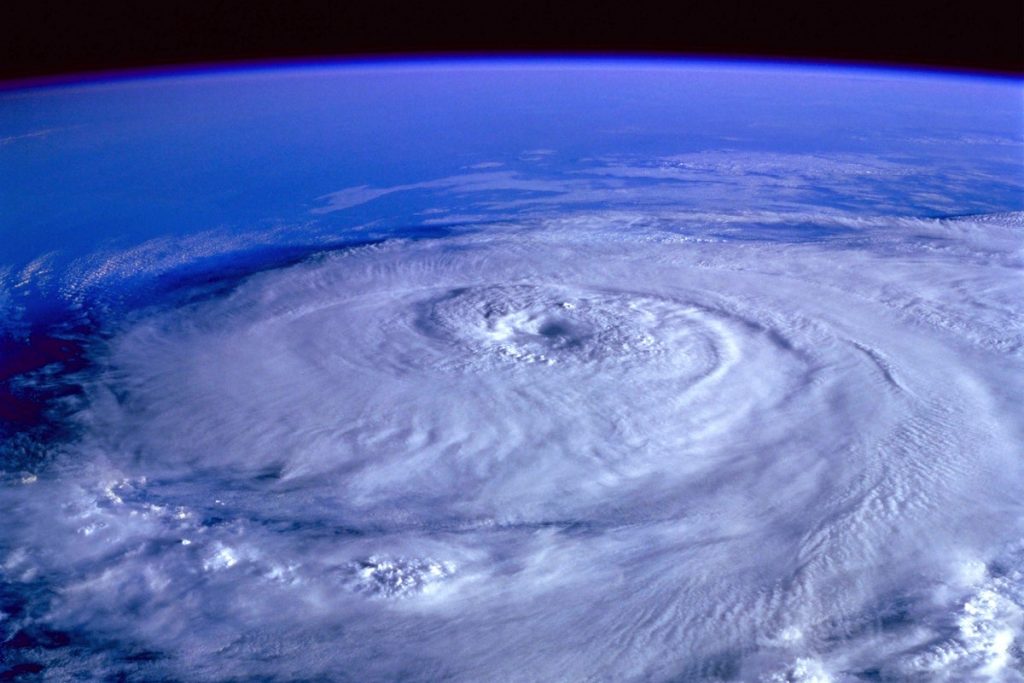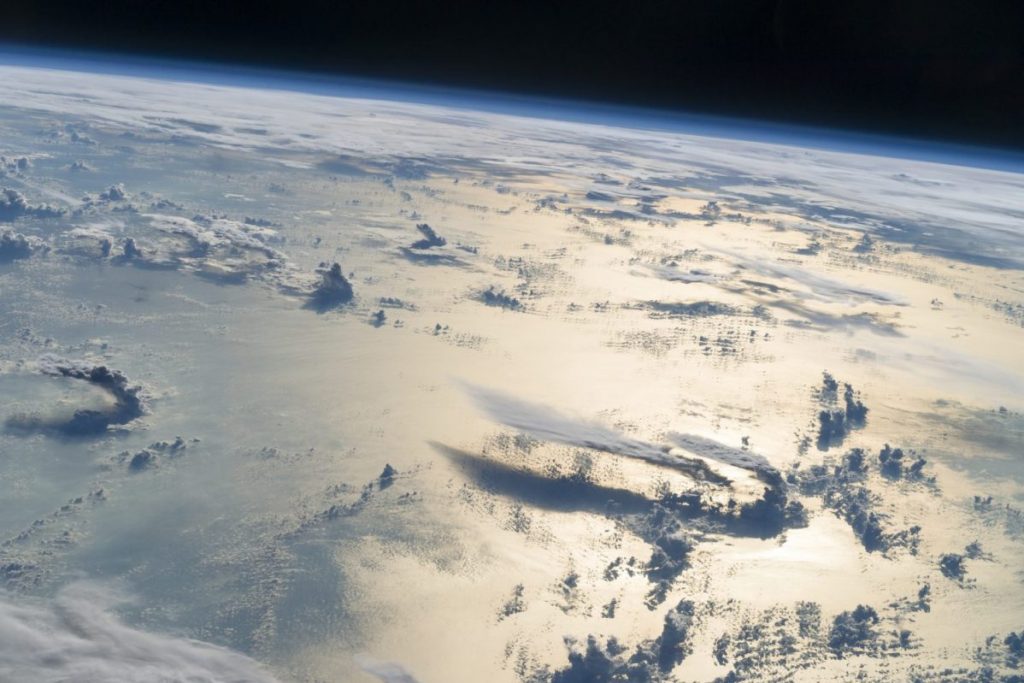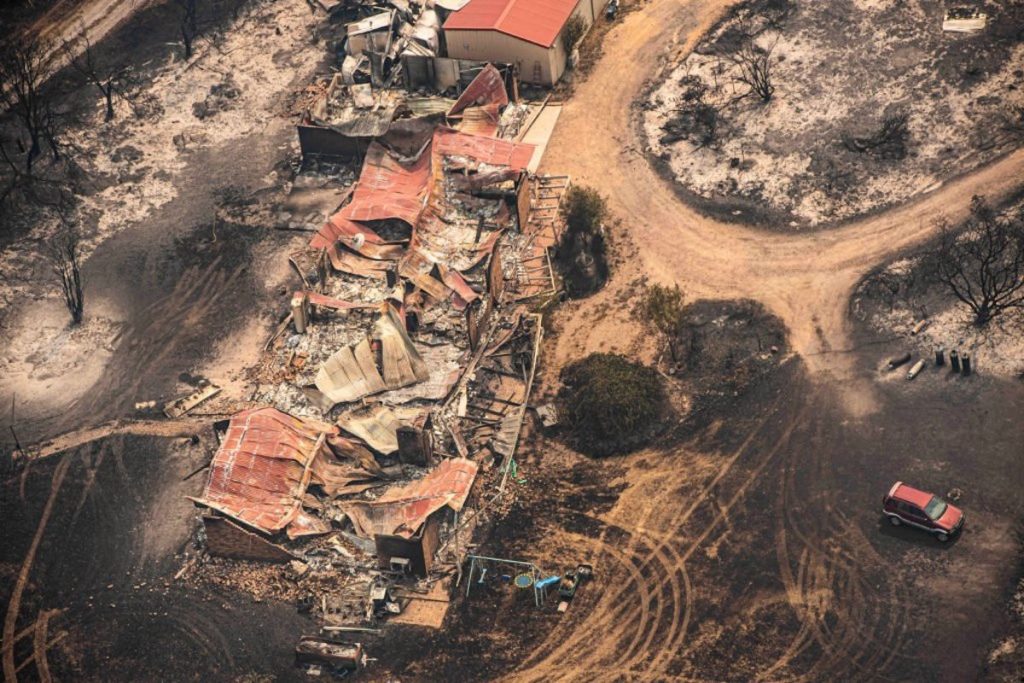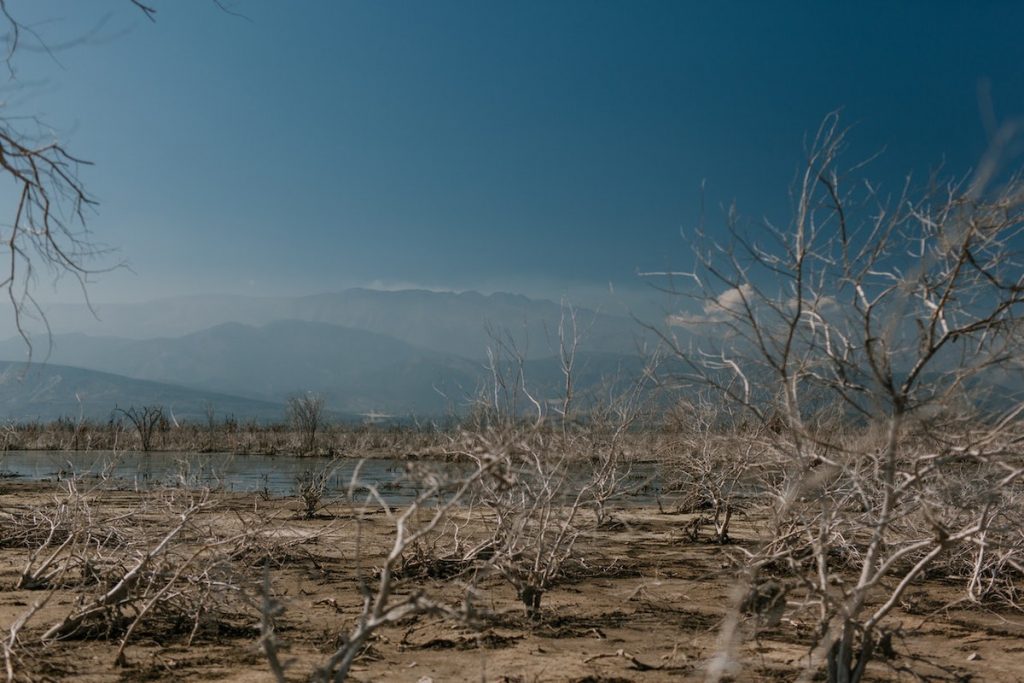The climate is defined by the strength and frequency of weather systems. So, from this perspective, weather systems are the building blocks of the climate. Understanding how these building blocks change as the world warms is the key to understanding how climate change will affect people, the economy and the environment. The Weather and Climate Research Program investigates the physical mechanisms responsible for weather extremes in the tropics and extra-tropics and the effect of a warming world on these mechanisms. Our research focuses mainly (but not exclusively) on two weather systems of particular importance to Australian weather extremes: fronts and tropical lows.
The Weather and Climate Research Program investigates the physical mechanisms responsible for weather extremes in the tropics and extra-tropics and the effect of a warming world on these mechanisms.

Fronts are perhaps the only weather systems implicated in heat, wind and precipitation extremes. To illustrate this point, consider the following: the most catastrophic fires in recent history in southern Australia have been associated with extreme but shallow dry cold fronts that form along the southern coastline; Melbourne’s record maximum temperature preceded the passage of the extreme cold front on Black Saturday; and frontal systems commonly provide the uplift needed to produce extreme precipitation.
Our research into midlatitude extremes is guided by the overarching question:
What controls the strength, frequency and path of fronts in the Australian extra-tropics, and how do these factors affect extremes?
Tropical lows are among the most important rain-bearing weather systems in the northern half of the continent. For example, in northwestern Australia around half of all summertime rainfall is associated with them. Moreover, tropical lows are commonly implicated in rainfall extremes. One recent and particularly important example is the north Queensland flood of January and February 2019. These considerations motivate our second overarching research question:
What causes the long-lived, heavy rains in tropical and subtropical Australia?




